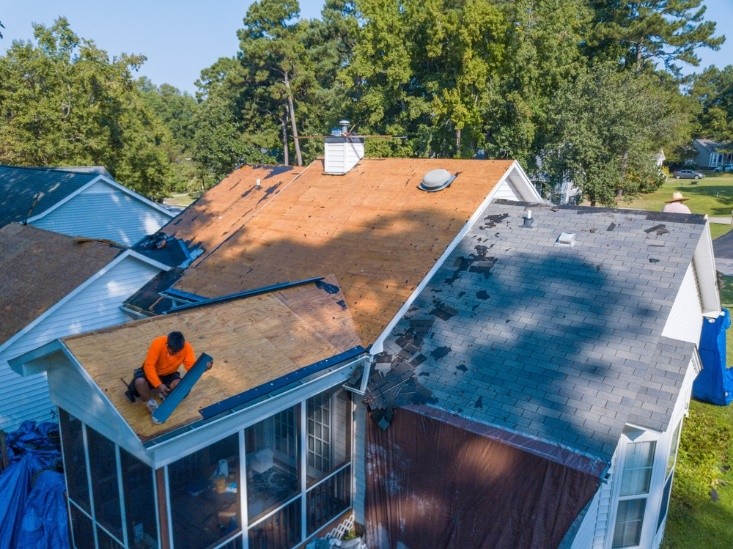
When it comes to replacing a tile roof, most homeowners think they’re only paying for the tiles and labor. But the tile roof replacement cost in Conroe can involve a lot more than just these obvious expenses. There are hidden costs that can catch you by surprise if you’re not prepared.
Here at Lifeline Roofing Systems, we want to ensure you’re fully informed and ready for whatever comes your way during your tile roof replacement project.
Why Hidden Costs Matter to You?
Understanding the hidden costs of a tile roof replacement is crucial for managing your budget and expectations. Many homeowners make the mistake of only budgeting for the surface-level costs—like the price of the tiles themselves—without realizing that additional expenses can pop up throughout the process. If you’re not prepared, these surprises can put a strain on your finances. Knowing what might come up during the replacement process can help you make better decisions and avoid unexpected stress down the line.
We’ve handled countless tile roof replacements, so we’ve seen firsthand how these hidden costs can add up. Our goal is to give you an honest look at the process and help you plan accordingly.
Hidden Costs You Need to Know About
1. The State of Your Underlayment
The underlayment is a critical component of your tile roof. It’s the layer of material underneath the tiles that provides extra protection against the elements. During a tile roof replacement, the condition of the underlayment often gets overlooked. If it’s damaged or deteriorated, it will need to be replaced, which adds to the overall cost.
- The age and condition of your existing underlayment can drastically affect the replacement process.
- If the underlayment is in bad shape, additional labor and materials will be required.
This is a hidden cost that can often be overlooked until your contractor is up on the roof and takes a closer look.
2. The Cost of Removing Old Tiles
While replacing the tiles on your roof might seem straightforward, the removal of the old tiles is a whole other story. Tile roofs are heavy, and getting them off safely can be time-consuming. If your current tiles are brittle or broken, removing them can take longer than expected, driving up labor costs.
- Fragile or weathered tiles take extra effort to remove.
- If your roof is large, the time it takes to strip it down adds significant costs.
We make sure to factor this into the initial quote, so you’re not hit with a surprise bill after the job is done.
3. Structural Repairs and Reinforcements
Depending on the age and condition of your home, there may be additional structural repairs needed to support the new tile roof. Tile roofs are heavy, and if the structure underneath is not strong enough, it could need reinforcement. This often involves extra labor and material costs that aren’t initially visible.
- Older homes may need structural reinforcements to handle the weight of new tiles.
- This can include repairing rafters, trusses, or the roof deck itself.
We always assess the condition of your roof’s foundation before moving forward with the replacement.
FAQs
1. Can I replace the tiles without replacing the underlayment?
It’s not recommended. The underlayment plays a crucial role in the roof’s overall protection. If it’s damaged, it can affect the lifespan of your new tiles.
2. How can I tell if my roof needs structural reinforcement?
If you’re noticing sagging, cracks, or leaks in your roof, it may need structural reinforcement. It’s always best to consult with a professional roofer for a thorough inspection.
3. Is it possible to re-use the old tiles?
In some cases, if the tiles are in good condition, they can be cleaned and re-used. However, this is not always an option, especially if the tiles are cracked or weathered.
If you’re in the Spring area, make sure to consider all factors when planning for your roof replacement, including potential hidden costs. Always keep in mind the tile roof replacement cost in Spring when making decisions for your home.
